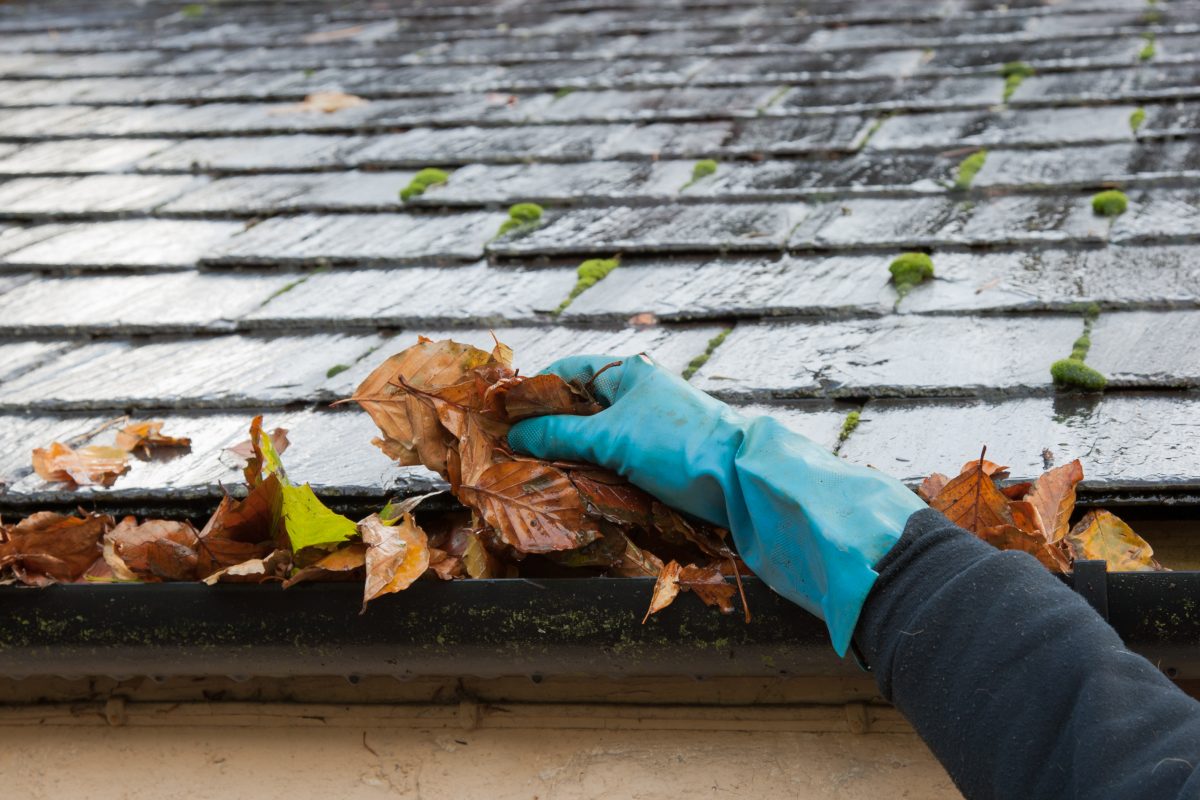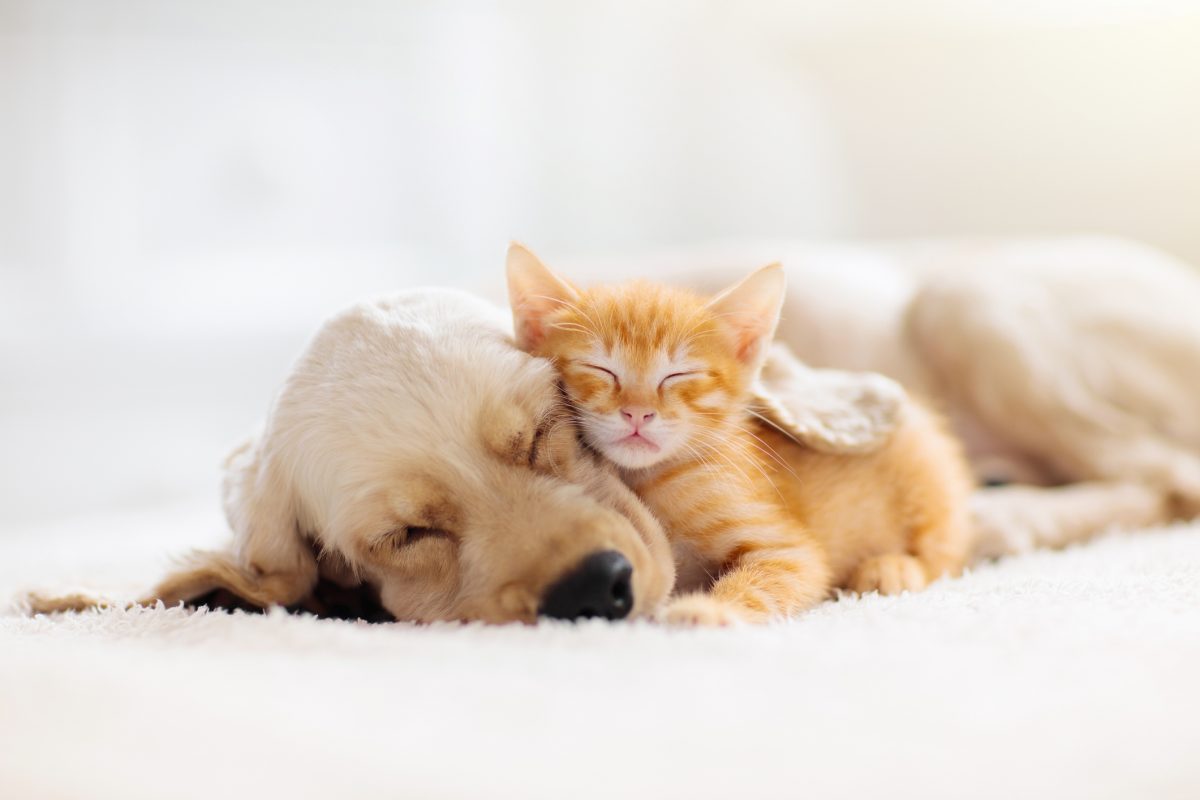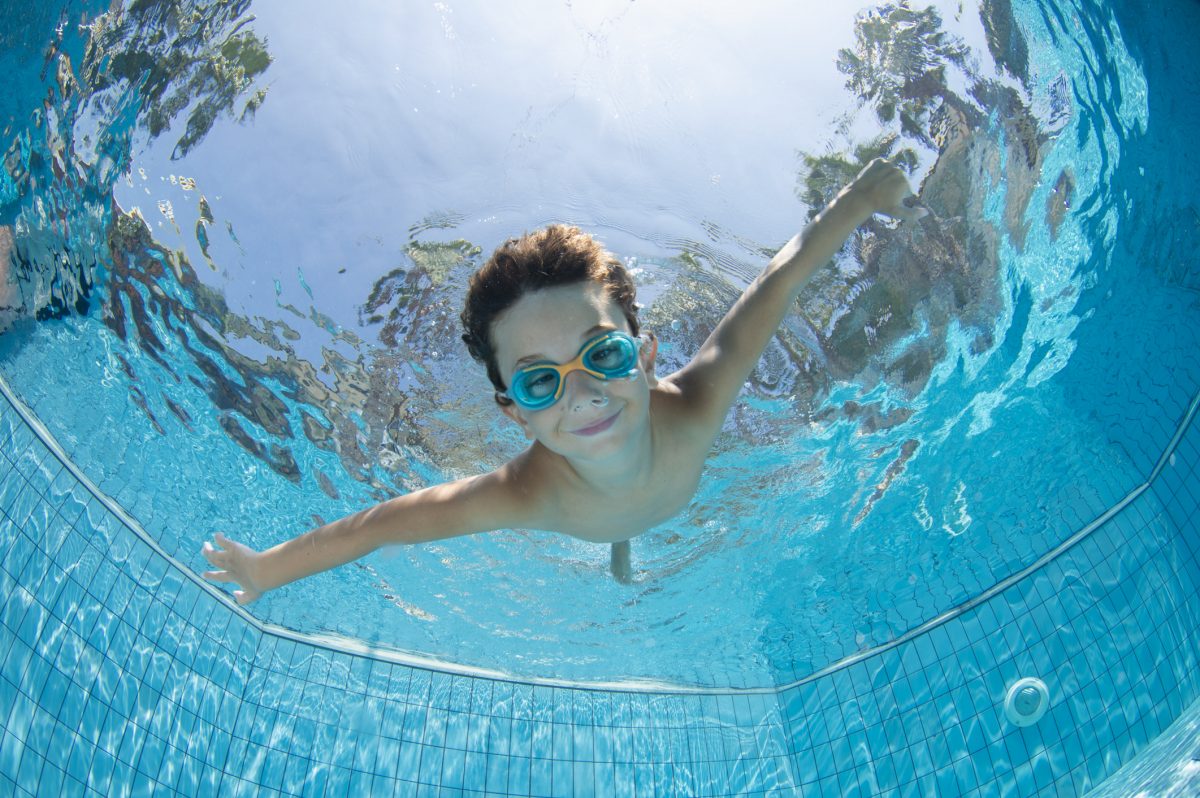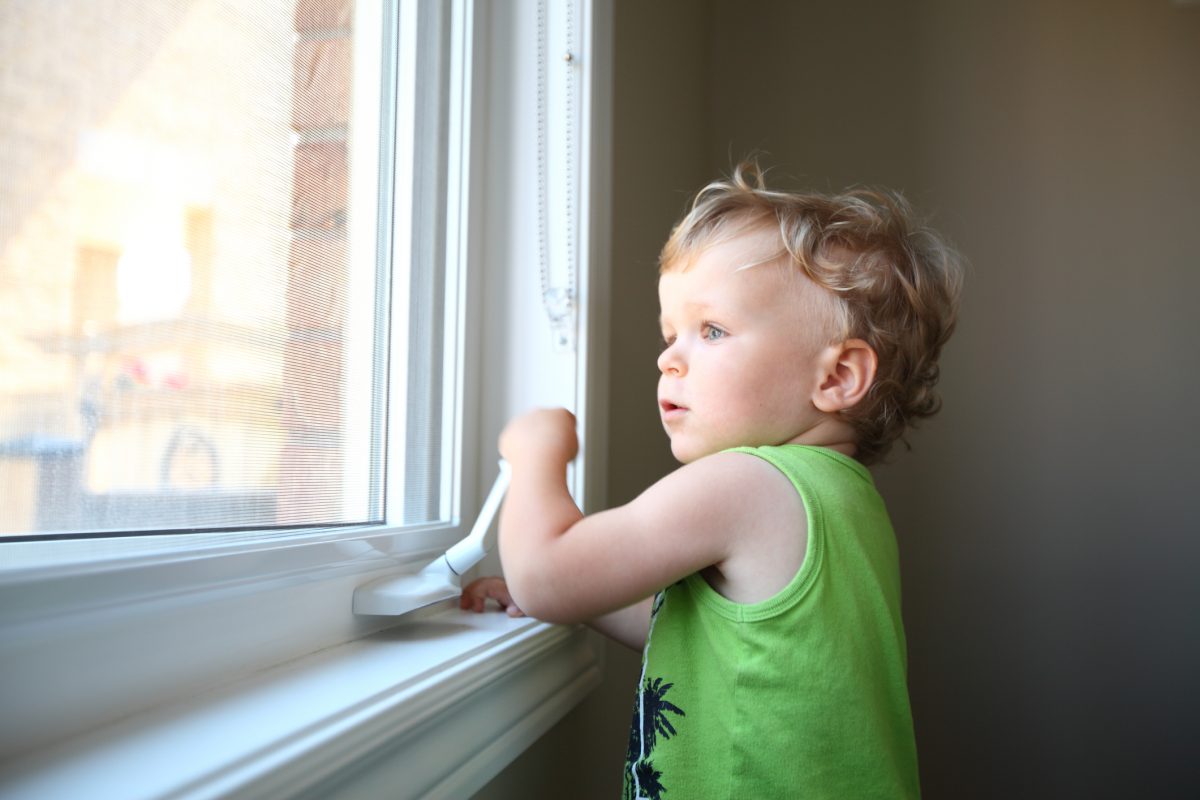Fall is coming up just around the corner, so it’s time to tackle those seasonal home maintenance tasks. Here are the top 8 home maintenance tasks to take care of this fall.
1. Change your filters – Change the filters for your HVAC system. Clogged filters restrict airflow, causing your HVAC system to work harder. This adds to wear and tear on your system and uses more energy which costs you more money on your utility bill. If you haven’t changed your filter lately, now is the time. It’s ideal to change your filters bi-monthly unless you have pets or people with asthma and allergies in your home, then change them monthly.
2. Change batteries – Test and change batteries in your smoke detectors and carbon monoxide detectors. Batteries should be changed once a year and units should be tested at least seasonally (better to test monthly). Changing the batteries is best done in the fall so you go into your heating season with fresh batteries in all of your detectors.
3. Drain outdoor faucets – Prevent burst pipes outdoors by draining and storing away hoses and shutting off the water to your outdoor water spigots. Make sure you drain out any water to prevent dangerous freeze-ups.
4. Clean gutters – Gutters can easily become clogged up with debris. Clogged gutters can result in leaks that damage both the exterior and interior of your home. Keep gutters free and clear of debris so water can flow properly and protect your home as intended.
5. Seal driveway cracks – Cold weather can make driveway cracks worse. Before that cold weather hits, use a concrete crack sealer to seal cracks in your driveway to keep those cracks from growing and spreading across your driveway.
6. Fertilize your lawn – Want a lush and green lawn come spring? The time to fertilize your lawn is in the fall. Getting the fertilizer down now helps it nourish your lawn over the cold season to help it grow back lush and green in the spring.
7. Protect outdoor furniture – This is especially important if any fall hurricanes or tropical storms hit the area. Your outdoor furniture can become dangerous flying projectiles or can get damaged by the extreme weather. It’s best to store your outdoor furniture in a garage or shed, if possible. If not, using waterproof furniture covers can at least protect it from the elements. Note: for tropical storms and hurricanes, always bring furniture inside until the storm passes.
8. Check for heat loss – Check around windows and doors for signs of heat loss. Apply new weather stripping around doors to ensure an air-tight seal. Caulk around windows, if needed, to keep warm air in and cold air out. The U.S. Dept of Energy estimates that 25-30% of winter heat loss happens through windows.
Fall is coming up quick. Prepare your home and property for the upcoming fall and winter season with these 8 key home maintenance tasks.










